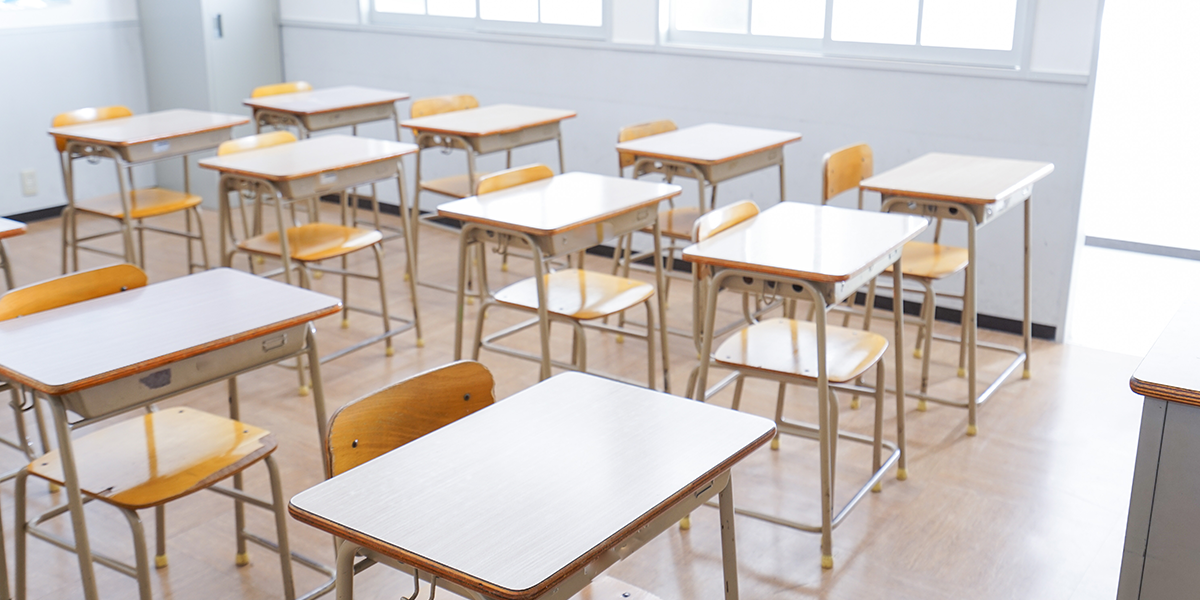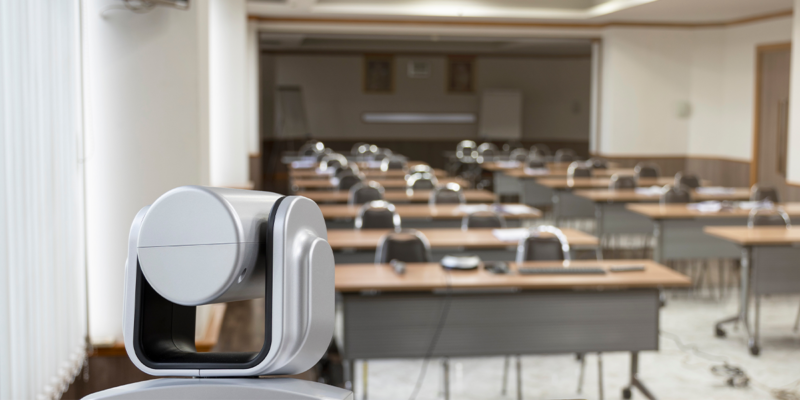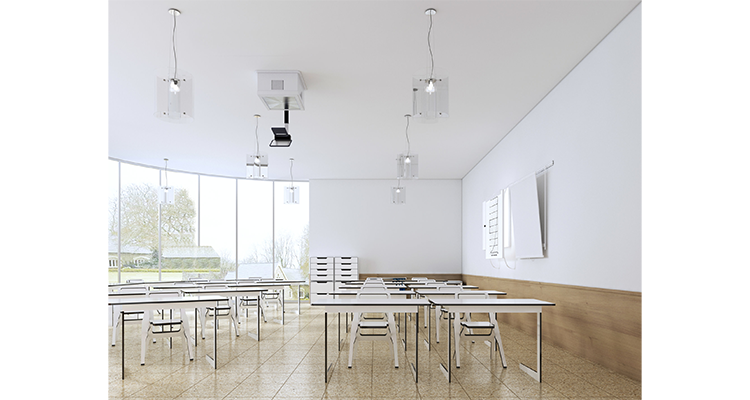Learning Spaces

In higher education, we spend a lot of time thinking about the technology that goes into classrooms. In my blog from last month, I wrote about what the perfect classroom would look like. I focused on technology and how technology can make our classrooms work better. Yet — everyone who works as a technology manager in higher education needs to look beyond the technology in a space. We also need to think about the space itself. Perhaps we should stop considering them classrooms, and think of them as “learning spaces.” While this may seem like semantics, using different language may help us think differently about the space and how to use it.
After last month’s blog came out, multiple reps from different furniture companies reached out to me. This outreach struck me in a couple of ways: First, I realized that in my view of the perfect classroom, I had barely considered what a perfect learning environment was like … only the classroom technology. Second, it was interesting to me that furniture companies would reach out, but technology companies did not. That made me think about the time and research furniture companies may spend actually thinking about classroom layouts, as they have more of a stake in the environment than a technology (AV) company does.
A learning environment has so many factors that come into its design. These include patterns and preferences of faculty, budgets of the school, strategy of the school and risk tolerance. It seems fair to say that most people do not learn best when packed into a 200-300-seat auditorium and are lectured at for one hour, three days per week. I remember back in my college days that we actually had classes in auditoriums, and quite literally had them full with about 300 students. For large universities, this is simply a matter of economics. These are typically the entry-level courses that fill the requirements for graduation. Rather than having 10 faculty members teach four small classes, they have four faculty members teach enormous classes.
However, as students advance to higher-level courses or attend smaller colleges, there is more of a focus on faculty/student interactions and the number of students in classes becomes smaller and more intimate. This is where furniture can make a difference. Just like in my previous blog, I encourage you to think about the ideal, over the realistic or practical. Yes, at some point we need to be realistic and practical, but starting out that way can limit our thoughts. Take a moment and ask yourself: What is the best learning environment you ever had? This does not need to be necessarily higher education or any kind of formal education.
For me, it was when I was attending graduate school for my master’s degree. For this program, we often had a single room that was set up as a lecture-style room. Tables and chairs faced the front of the room. The chairs, however, were office-style, high-back chairs. They swiveled and were on rollers. Seems like a minor thing, but they were extremely comfortable. You did not spend an hour thinking about how uncomfortable you were, cramped into a small, stiff chair. A small thing, but a big deal for us students. Second, we would regularly break up into small groups to do work. This varied from working on statistical problems to discussing the marketing objectives of companies we worked in. Everyone had their own computer (a requirement of the program) and would use it when needed to do the work or complete research in the small groups. When we came back together, we would often present our work in front of the class. We used a single projector in front of the class.
In terms of layout, this required an extremely flexible format. We were taking our classes after 4 p.m. so we could readily move around a building and pick a location we wanted to work from. This would be either comfortable chairs, a smaller classroom, even the coffee shop on campus. We would then return to the central location. While we could not expect every undergraduate course to have time for students to walk to a coffee shop for group work, it is instructive to our thinking. Students need flexibility. The flexibility, comfort and space is what we actually enjoyed and made our learning more powerful. The fact is — technology (at least the technology we saw or used) had very little to do with it. There exists an enormous variety of furniture on the market for classrooms, the help create these extremely flexible environments.
I am anxious to know what piece of furniture my fellow higher ed AV teams feel really made a change to the learning environment. I think the technology managers would have incredible information to provide to furniture vendors because we see the reality of the classroom is use, not the dreams of how a classroom would be used. For example, we know that 95 percent of the time active learning classroom technology is not used, but the flexible layout of the room is in high demand. My experience is the simpler the better. For example, if you need to train someone how to fold up furniture, or how to connect it to power, data, etc., that furniture is not getting used. When selling these learning spaces, how many integrators have furniture partners they work with? My guess is not many, and this is likely made more difficult by the fact that many furniture makers have gotten into AV. But not very many (none that I know of, actually) AV integrators have gotten into the furniture business. As we in higher ed continue to evolve from the changes forced on us by the pandemic, the “space” becomes as important, if not more so, than the technology. Being able to sell an entire “learning space” may be the direction that successful integrators will need to move towards in the future.




